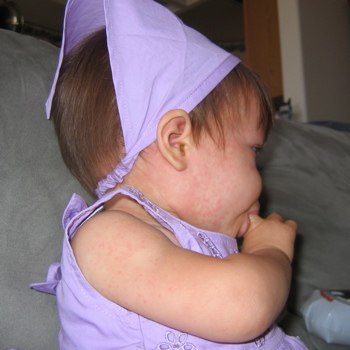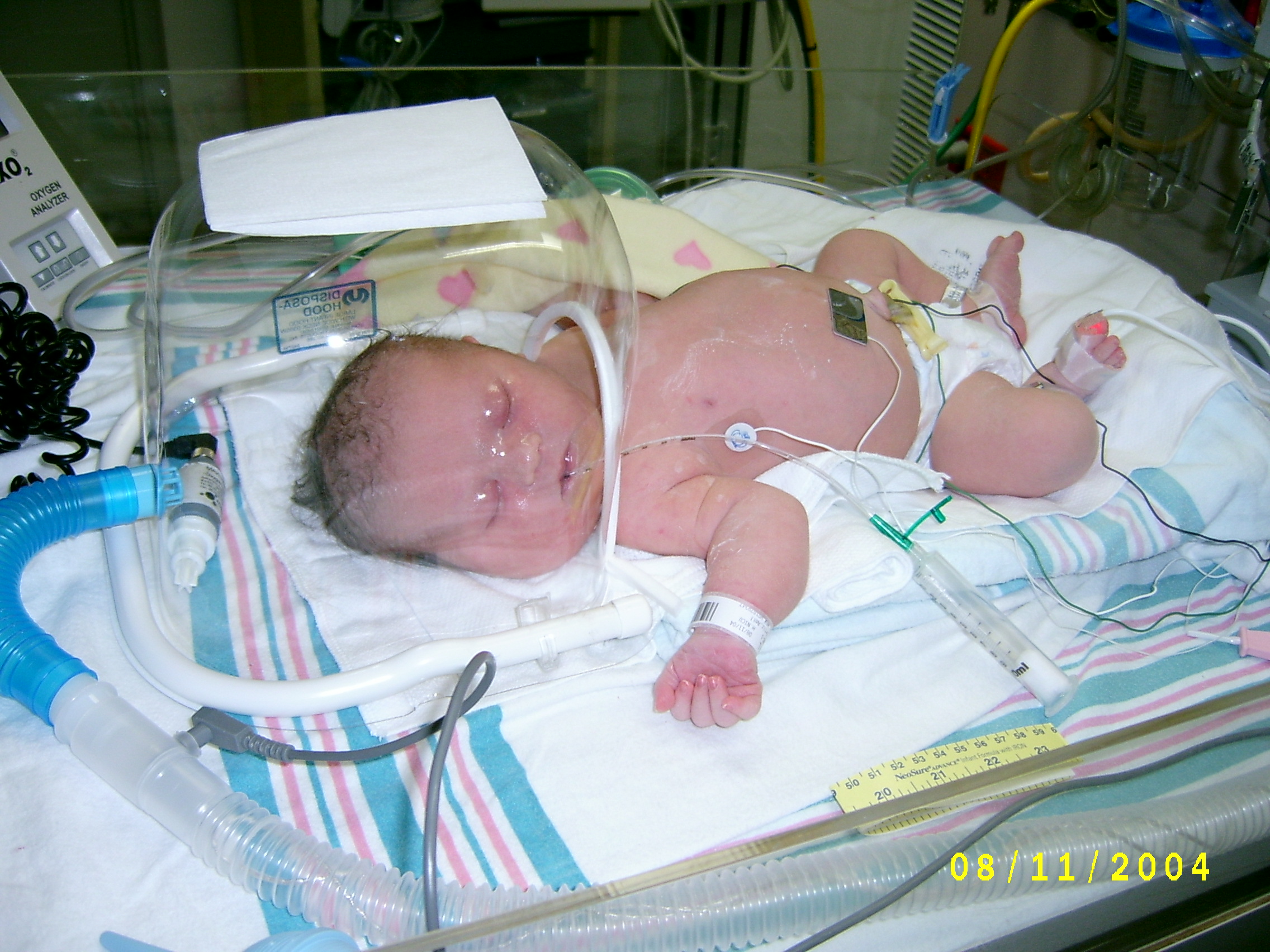
When It’s Ok To Nag Your Husband
My husband and I are both big-time worriers. When we bought our television, you wouldn’t believe the contraption my husband built behind my armoire to secure it so that the children couldn’t pull the television on them. My son is still in a crib at night and not climbing out, so even though I’m big on baby-proofing, I still had a list of to-do’s in his bedroom. I haven’t been urgent about these to-dos because he is rarely in his bedroom out of his crib for more than a few seconds. Well, a few seconds is too long!
wouldn’t believe the contraption my husband built behind my armoire to secure it so that the children couldn’t pull the television on them. My son is still in a crib at night and not climbing out, so even though I’m big on baby-proofing, I still had a list of to-do’s in his bedroom. I haven’t been urgent about these to-dos because he is rarely in his bedroom out of his crib for more than a few seconds. Well, a few seconds is too long!
A few weeks ago, my son was playing in his room while I was in my bedroom and I heard a very loud crash. I ran into his room to find his dresser on top of him. Thankfully, he was fine and was not seriously hurt. Do you know what was in his top drawer? Furniture straps that I had already purchased to secure his dresser. Securing his dresser has been on my “list” for quite some time now and it took a very potentially dangerous incident to get us to make his room safe for him. This was one of those cases where I should have nagged my husband to get it done!
 I am mortified that this happened and very embarrassed. BUT, hopefully you can learn from my mistake. Please take a look at your furniture and televisions and make sure that your little one cannot pull anything on top of them. 5,000 children go to the ER every year because of furniture or televisions falling on them. I decided not to look up the number of deaths because it’s just so sad to me. Please don’t wait like I did for an accident to happen. Your accident may not have the same outcome as ours!
I am mortified that this happened and very embarrassed. BUT, hopefully you can learn from my mistake. Please take a look at your furniture and televisions and make sure that your little one cannot pull anything on top of them. 5,000 children go to the ER every year because of furniture or televisions falling on them. I decided not to look up the number of deaths because it’s just so sad to me. Please don’t wait like I did for an accident to happen. Your accident may not have the same outcome as ours!
It’s so simple to prevent furniture from tipping and very inexpensive. Some furniture comes with anti-tip straps. My curious toddler loves to open the drawers of his dresser. With the drawers open, he has the perfect climbing opportunity. This is how I think he pulled his dresser down.
To secure your furniture, televisions, and bookshelves, check out these items:
Safety 1st Furniture Wall Strap $4.29 (this is what we bought for our heavy furniture)
Anti Tip Furniture Strap by KidCo $3.49
Anti-slip Appliance Safety Straps $16.99 (for televisions, computers, microwaves, etc…)
What danger have you ignored with your children?
Share the fun: Email + Del.icio.us + Digg + Technorati


 How well do you like your Pediatrician? Occasionally I get asked by my friends who my Pediatrician is and how well I like her. When I needed to choose one I read a ton of articles online about what to look for and asked my friends for referrals. We also interviewed our doctor to make sure that we had the same theories on health care and our personalities fit.
How well do you like your Pediatrician? Occasionally I get asked by my friends who my Pediatrician is and how well I like her. When I needed to choose one I read a ton of articles online about what to look for and asked my friends for referrals. We also interviewed our doctor to make sure that we had the same theories on health care and our personalities fit. The physical reaction to the MMR vaccination may be old news to parents who have children over the age of 1 but I hope that my daughter’s experience will help all those who are coming up on their little one’s 1-year check up. I don’t intend to give any medical advice here; I am only sharing what happened to my daughter, Annabelle.
The physical reaction to the MMR vaccination may be old news to parents who have children over the age of 1 but I hope that my daughter’s experience will help all those who are coming up on their little one’s 1-year check up. I don’t intend to give any medical advice here; I am only sharing what happened to my daughter, Annabelle. In the bigger picture I would rather my daughter get a fever and rash that goes away, than the more serious risks of measles, mumps, or rubella.
In the bigger picture I would rather my daughter get a fever and rash that goes away, than the more serious risks of measles, mumps, or rubella. 




